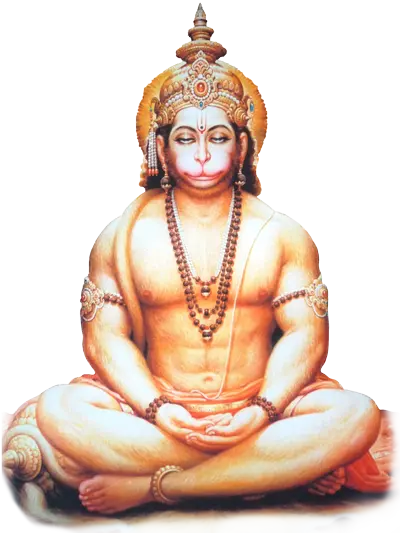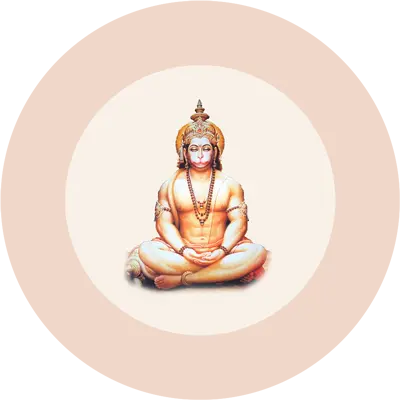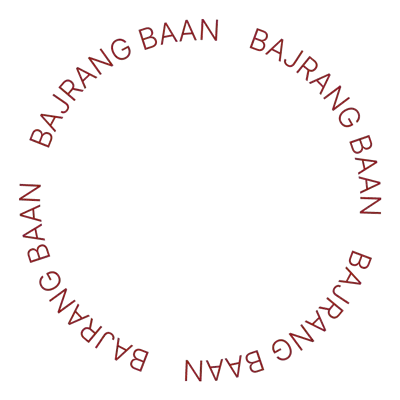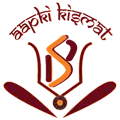Ask Question
Know your Moon sign
Get Instant Report
Panchang



In Vedic astrology, Kundli is a crucial tool that is used to create a birth chart or horoscope. This chart is based on the belief that the positions of planets and stars at the moment of a person's birth can provide valuable insights into their personality traits, potential, and future occurrences. The Kundli consists of twelve houses, each representing different aspects of an individual's life, such as health, wealth, relationships, and career.
In Vedic astrology, the positions of celestial bodies are determined using the sidereal zodiac, which is based on the fixed positions of stars in the sky. The Kundli is created by calculating the exact positions of the Sun, Moon, and planets at the time of an individual's birth, taking into account their geographical location on Earth.. The information from the Kundli is used to create a picture that shows where the stars and planets were located in the sky when someone was born.
Astrologers use various types of charts, including the natal chart (Kundli), transit chart, and progressed chart, to interpret and analyze the movements and interactions of celestial bodies and their impact on an individual's life. The natal chart, or Kundli, is the most commonly used and provides a comprehensive view of an individual's strengths, weaknesses, and potential.
The transit chart, also known as a horoscope or forecast, is used to predict future events and can be created for any point in time. It shows the positions of celestial bodies at a particular moment in time and is used to analyse the potential impact of planetary movements on an individual's life.
The progressed chart, also known as a secondary chart, is created by advancing the positions of celestial bodies from the time of an individual's birth to a later date. It is used to gain insights into an individual's future potential and can reveal important information about their career, relationships, and personal growth.
.jpg)




